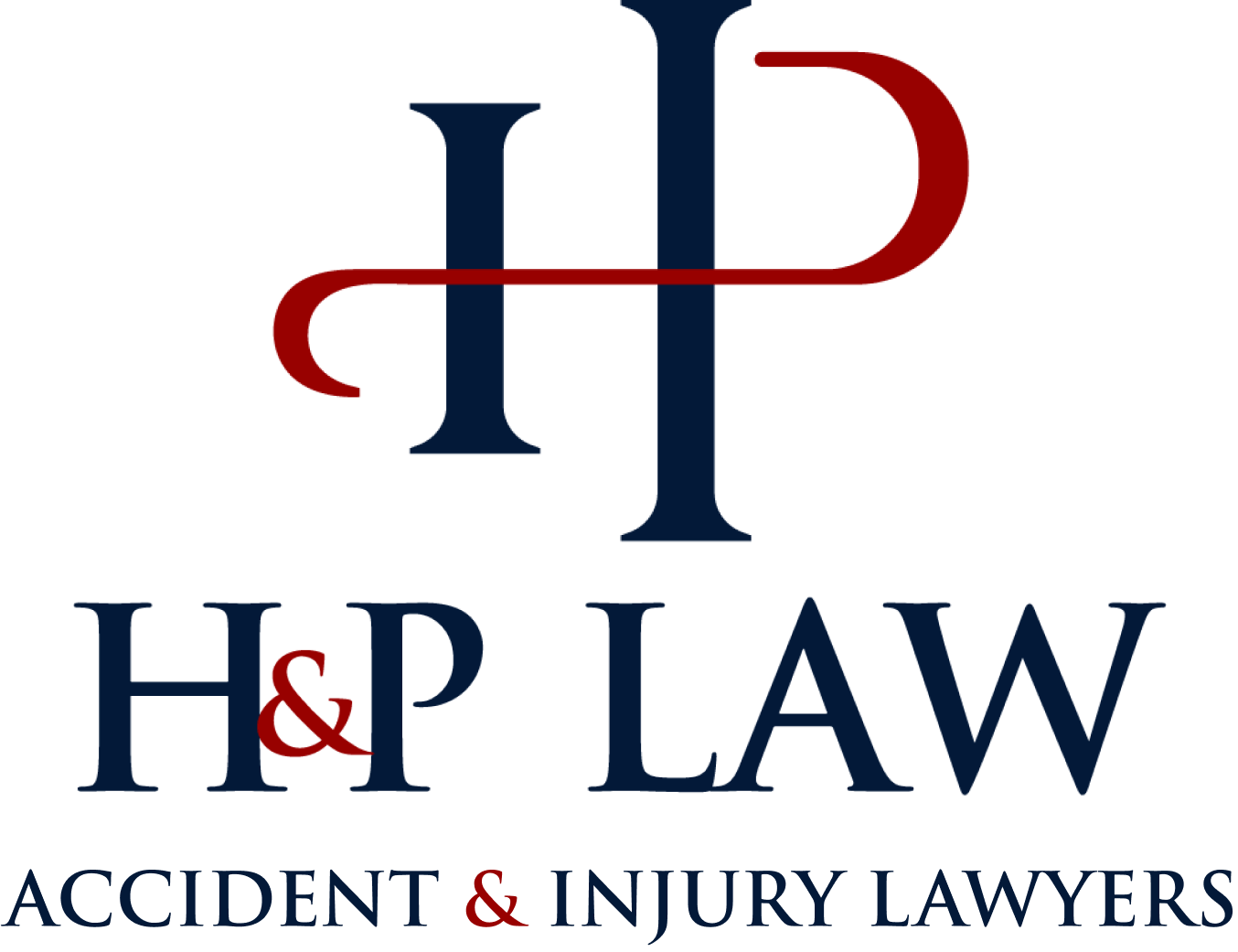
According to Nevada law, you must have a driver’s license or any class of a driver authorization card in order to operate a moped on the state’s public streets. In addition to obtaining a moped license plate, moped owners must also pay a one-time registration fee. The purpose of this fee is to help combat moped theft within the state of Nevada.
Nevada Moped Law
Nevada law requires moped owners to register the vehicle and license plate purchase; this is a one-time registration, which remains valid as long as the owner retains the moped, with no need to renew annually. The law also requires a valid driver’s license (any class) to operate the moped on public streets. Riders are not required to wear a helmet while riding a moped, nor does the state require liability insurance. Nevada state law also mandates that moped riders use the extreme right-handed lane when riding on a multi-lane road. The exception is if the rider is preparing to make a left turn, it is unsafe to be in the far right-handed lane, or if the rider is instructed by a law enforcement officer to ride somewhere else.
Mopeds Defined
“Moped” is defined under Nevada law as a motor-driven cycle, motor-driven scooter, or similar vehicle that is propelled by a small engine that produces less than two gross brake horsepower. The vehicle must also have a displacement of 50 cubic centimeters or less that produces no more than 1500 watts of final output. The moped must be capable of maximum speed of no more than 30 miles per hour on a flat surface with 1% grade or less in any direction when the moped is being operated and the motor is running.
Additionally, mopeds must have have nearly all the same safety equipment as a motorcycle, including lights, mirrors, etc., in order to be driven on any public street. Notably, mopeds are not required to have turn signals under state law. Other non-moped vehicles with small engines that are considered off-highway motor vehicles cannot be operated on public streets.
Nevada Statute of Limitations
Nevada has multiple statutes of limitations that may affect a person who is hurt in a traffic accident. Specifically, an action to recover damages for personal injury after an accident — whether with a moped, motorcycle, passenger vehicle, bicycle, or pedestrian — must be filed within two years of the accident. The same time frame of two years applies to a wrongful death claim in Nevada. In a wrongful death claim, however, the clock starts running on the day of the victim’s death (which may be later than the accident date itself). For property damage occurring as a result of a Nevada accident, a lawsuit must be filed within three years of the accident. Failure to file a personal injury, property damage, or wrongful death action within the appropriate statute of limitations can result in the claim being forever barred.
Nevada Personal Injury Lawyers
If you or someone you know has been hurt in a Nevada moped accident, contact the knowledgeable personal injury lawyers in Las Vegas at H & P. These skilled attorneys have represented injured clients across the state of Nevada and can help guide you through this difficult time.




